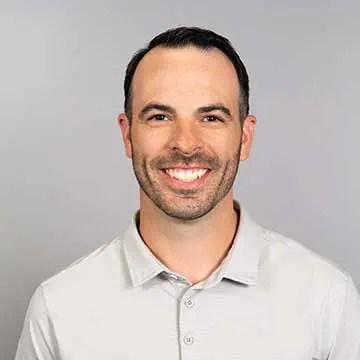Clear Aligners vs. Traditional Braces: What’s the Best Option For You?

Thinking about straightening your smile? Deciding between clear aligners and traditional braces can feel overwhelming, but don’t worry—your Bend orthodontist is here to help!
Both options can give you the beautiful, aligned teeth you’ve always wanted, but they work in different ways and suit different lifestyles. Let’s break down the differences and help you figure out which might be the best fit for you.
Clear Aligners: The Low-Profile Option
Clear aligners, like Invisalign, are a popular choice for many adults and teens. These custom-made, removable trays gradually shift your teeth into place. Here’s what to consider when asking yourself, “Are clear aligners right for me?”
- Discreet appearance
One of the biggest advantages of invisible braces is their nearly imperceptible appearance. If you want to straighten your teeth without drawing attention, clear aligners are a great choice. - Convenience and flexibility
Clear aligners are removable, which means you can take them out for eating, brushing, and flossing. This makes it easier to maintain your oral hygiene and enjoy all your favorite foods without restrictions. - Comfort
Made of smooth plastic, invisible braces are generally more comfortable than traditional braces. There are no metal brackets or wires to potentially irritate your mouth.
Traditional Braces: Tried and True
Traditional braces have been around for decades and are highly effective for correcting a wide range of orthodontic issues. Here’s why traditional braces might be the better option for you:
- Effective for complex cases
Traditional braces are often the best choice for more complex dental issues, such as severe misalignment, bite problems, and significant gaps. They provide precise control over tooth movement, making them ideal for challenging cases. - No discipline required
Because braces are fixed to your teeth, there’s no temptation to take them out, as can happen with clear braces. This means you’re less likely to experience setbacks in your treatment due to not wearing them enough. - Variety of options
Today’s braces come in various styles, including ceramic braces that are tooth-colored and less noticeable than traditional metal braces. You can even customize your braces with different colored bands to add a personal touch.
Which Is Best for You?
Deciding between clear aligners and traditional braces depends on several factors:
- Your orthodontic needs: For complex orthodontic issues, traditional braces might be more effective. Clear braces work well for mild to moderate alignment problems.
- Your lifestyle: Consider how each option fits into your daily routine. If you prefer a less noticeable solution and the flexibility to remove your aligners, invisible braces are a good choice. If you need a treatment that doesn’t rely on your diligence, traditional braces might be better.
- Your budget: Cost can be a deciding factor. Clear aligners and traditional braces are often similarly priced, but insurance coverage and financing options can vary. Call our office to discuss these aspects.
- Your comfort level: Think about your comfort preferences. Clear aligners tend to be more comfortable and less intrusive, while traditional braces might cause more initial discomfort but can handle more complex corrections.
Ready to Make a Decision?
The best way to determine the right option for your smile is to consult with your Bend orthodontist at Ponderosa Family Dental. We’ll evaluate your teeth, discuss your goals, and help you understand the pros and cons of each option in the context of your unique dental needs.
Straightening your teeth is a big decision, but it’s also an exciting step towards a healthier, more confident smile. Whether you choose clear aligners or traditional braces, the result will be well worth it. Schedule a consultation today to start your journey to a beautiful, aligned smile!
